DON’T NOD has been experimenting a lot over the past few years between climbing platformer Jusant and action RPG Banishers: Ghosts of New Eden. However, the studio is still best known for its narrative-focused games, especially Life is Strange (which may or may not have aged well, depending on who you ask).
Lost Records: Bloom and Rage is a return of sorts to those roots with contextual dialogue choices, almost usually awkward exchanges, and a mysterious, supernatural bent. It works in some areas, falters in others – especially on the technical side – and while I’d still wait and see how Tape 2 pans out, Tape 1 presents an intriguing mystery that may be worth checking out. If you can deal with the contrivances, that is.
Tape 1: Bloom begins with protagonist Swann, meeting up with her friend Autumn after several years due to a promise they made when younger. The narrative places a heavy emphasis on reliving the Summer of 1995, where Swann first meets Autumn, Nora, and Kat as pre-teens.
"Examining the environment during key moments, selecting different options, building bonds with the group with the “right” dialogues, and even waiting for other potential options are a core part of the narrative."
Though the group becomes close-knit, things take a turn and they separate, swearing to tell no one about their secret. Why Autumn seeks Nora after all this time to “confront” what happened is one of the many mysteries you’ll have to unravel, as you jump back and forth between the present day and the past. Yes, it’s a premise that feels inspired by Stephen King’s It, but at least the treatment is different enough.
While I was initially wary of this constant switching, Lost Records handles it pretty naturally, tying in different incidents with the present conversation, and moving events along quickly enough. As a movie enthusiast, Swann is all about recording things on her handheld camera, all to construct a memoir for Velvet Cove. The dichotomy of her as the sole point of view versus you, behind the lens, uncovering and adding things to the collection, is intriguing throughout, especially when consolidating the two in the present day.
Of course, since this is DON’T NOD, there are extensive dialogue choices. Examining the environment during key moments, selecting different options, building bonds with the group with the “right” dialogues, and even waiting for other potential options are a core part of the narrative. At times, selecting a sudden new choice is the equivalent of Swann suddenly blurting out something, with the other party asking to finish their thoughts. It feels uneasy but natural – if only the game would actually interrupt her spoken dialogue as well instead of layering the two voice lines on top.
None of this is a particularly new twist on the genre, especially having to look around in a specific location for a select item. However, seeing how DON’T NOD’s narrative techniques have evolved past its initial adventure outings is cool. All the familiar themes are still here, from the pangs of growing up to fitting in and trying to become comfortable with yourself, even amid the mundane and it is nice (if a little overdone) to hear the present-day characters musing about their past feelings and reactions.
"The various conflicts at least feel stressful enough, especially given some of the harsher content throughout the game."
However, some scenes don’t always come across well, mostly due to the dialogue and its use in certain situations. Young adult fiction presents its fair share of awkward situations, and this is no different, but some lines come across as unnatural, even if the voice actors nail the delivery. It also doesn’t help that certain sequences don’t always fall into place sequentially.
At one point, the girls work together to search for Autumn’s keys. Swann can help out, occasionally filming and chatting up Nora, and much more. When the keys are discovered, caught high up on a dilapidated structure, you’re tasked with finding something to throw and knock them down. Speak to Nora again, and Swann will ask if she’s found the keys yet, despite their location already being established.
If you were being positive about it, you could think of it as her misremembering things, but it feels more like an editing mistake, with shots cut in the wrong order and disrupting the immersion. The various conflicts at least feel stressful enough, especially given some of the harsher content throughout the game.
As iffy as the dialogue can be at times, at least the characters feel alive. Swann isn’t the most social individual, especially when confronted with strangers, but her critter enthusiasm and casual observations when alone are endearing. Autumn’s straightforward responses and down-to-earth nature contrast with her shyness, while Kat’s familial situation (and foul-mouthedness) can feel relatable.
"There are some pretty hefty frame drops on PS5, even when very little is happening, but even worse is the texture pop-in, especially up close."
I wasn’t too keen on Nora since her character came across as more cliched than anything else, between the punk rock interests, smoking, family trouble, and rebellious streak that have been done to death. She’s not boring, though, so there’s that.
Much of your time in Lost Records is spent walking around, filming things, and interacting with the cast or environment. The art direction is pretty good in this endeavor, especially in capturing all the tropes of the 90s, like troll dolls, trapper keepers, VHS cassettes (the “warning” at the beginning of the game is an excellent touch), poorly constructed graffiti and whatnot.
It imbues Velvet Cove with some personality – at least to the extent that you can sympathize with the characters calling it a dump. Technically, the lighting and shadows, with the level of detail and texture quality are pretty good, even if some transitions between facial expressions feel a bit jarring if you look too close.
Unfortunately, the visuals aren’t always technically sound. There are some pretty hefty frame drops on PS5, even when very little is happening, but even worse is the texture pop-in, especially up close. It’s distracting in its frequency and brings down the experience. The soundtrack doesn’t initially stand out, but there are some pretty good selections here.
"It doesn’t quite hit the same as Life is Strange once did, for good and bad reasons, but there’s certainly something here."
Lost Records: Bloom and Rage isn’t a redux of Life of Strange, and despite the deja vu that occurs, there’s enough to separate the two in subject matter, narrative layout, and characterization. Tape 1 does a pretty decent job of setting the stage and characters, helping you empathize with them, warts and underwhelming dialogue aside. It’s not something you should be rushing to experience immediately, especially without Tape 2 to provide the full context and book-end the narrative and your choices.
Nevertheless, for those seeking a new narrative adventure with reasonably good presentation values – and don’t mind the technical issues – Lost Records: Bloom and Rage could be a decent escape. It doesn’t quite hit the same as Life is Strange once did, for good and bad reasons, but there’s certainly something here.
This game was reviewed on the PS5.

 2 days ago
55
2 days ago
55




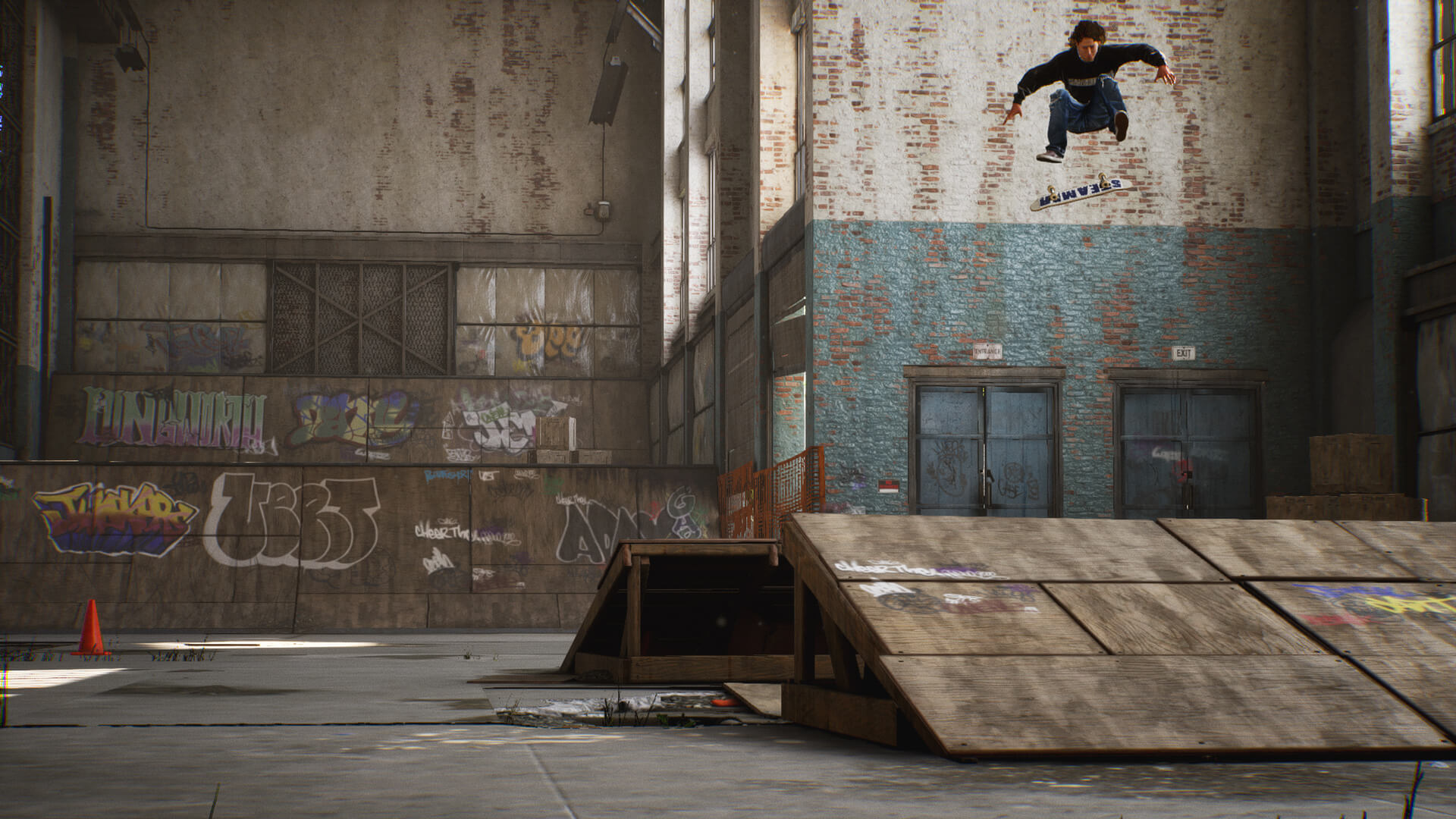

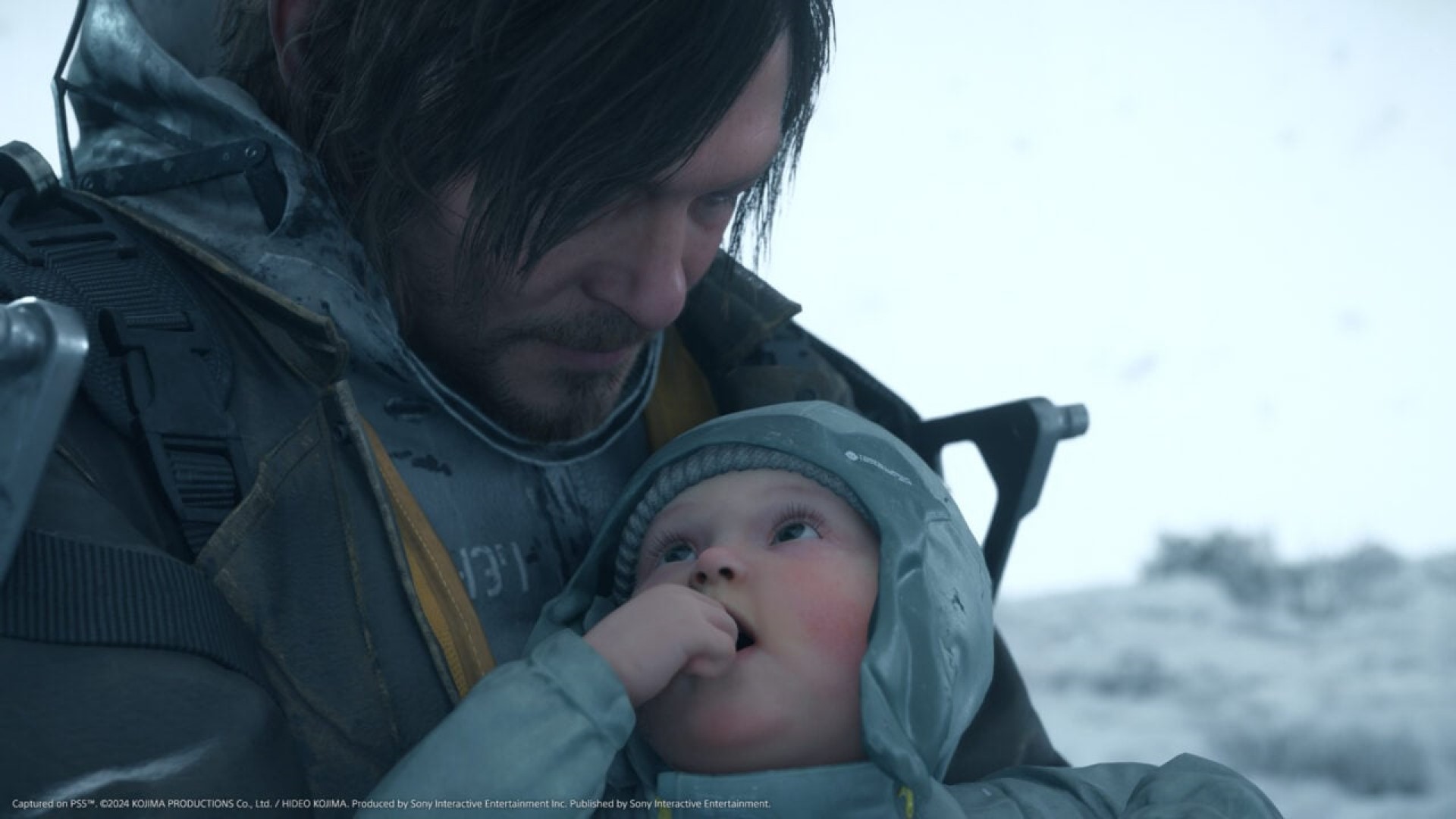
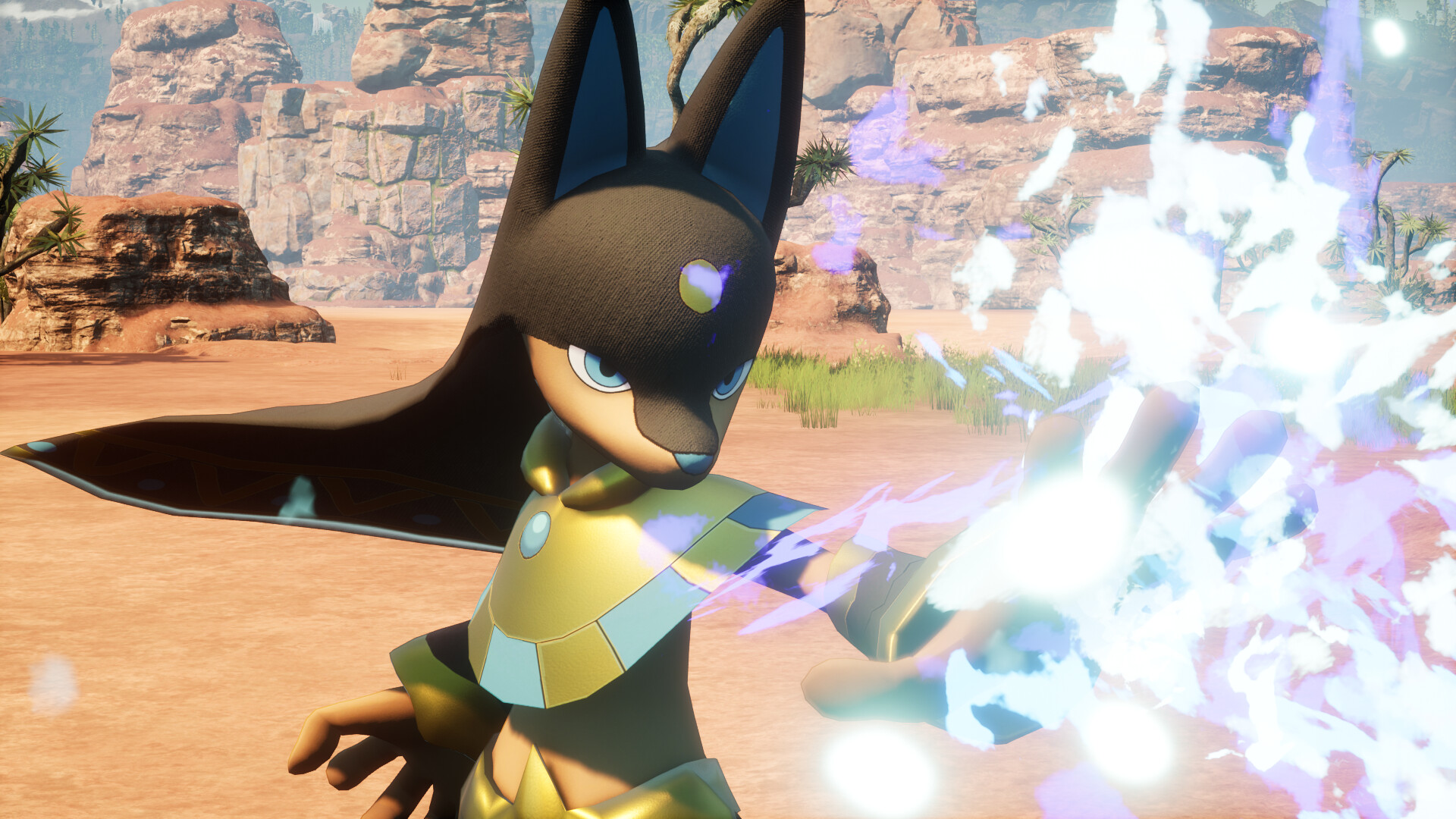
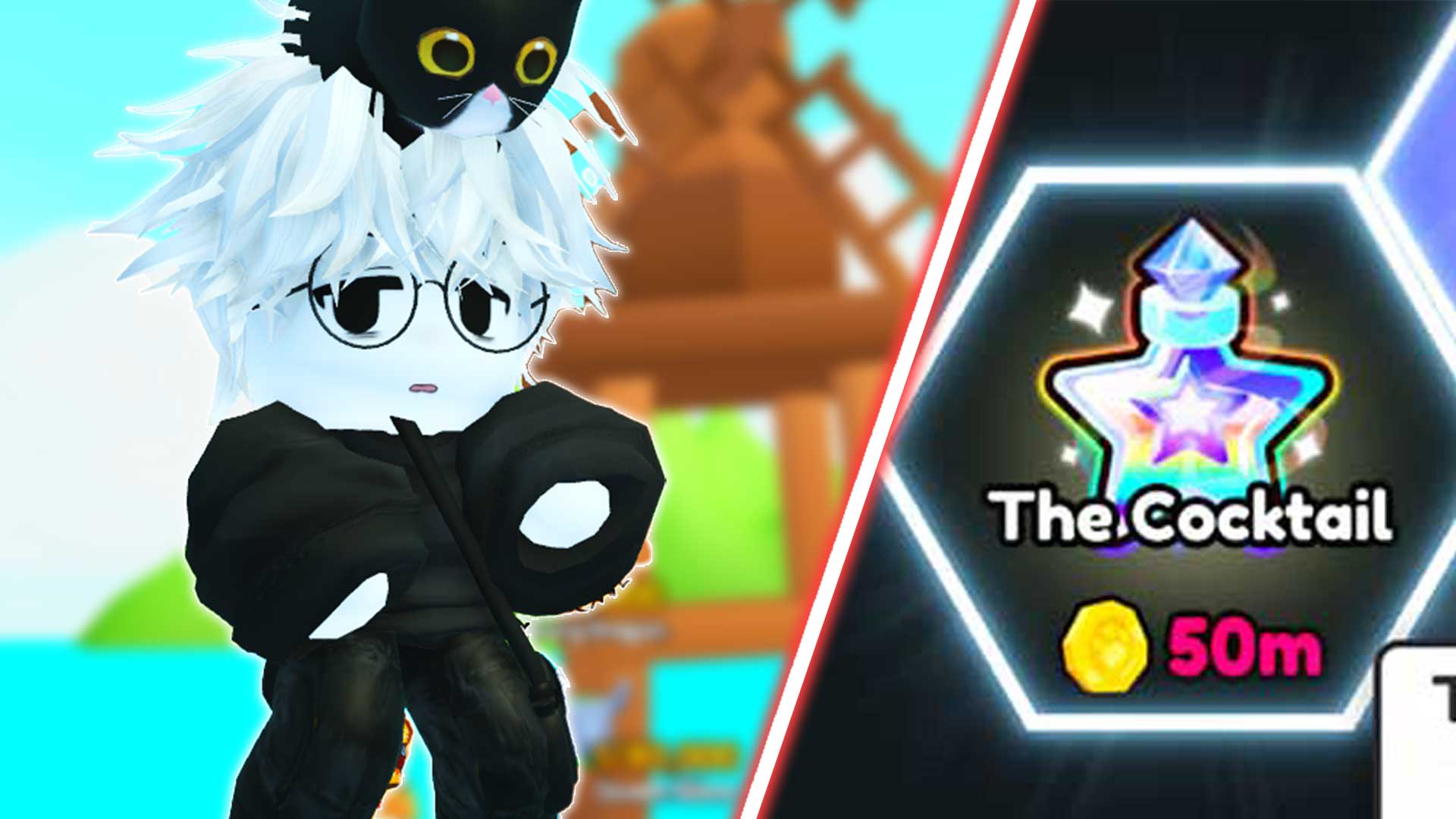
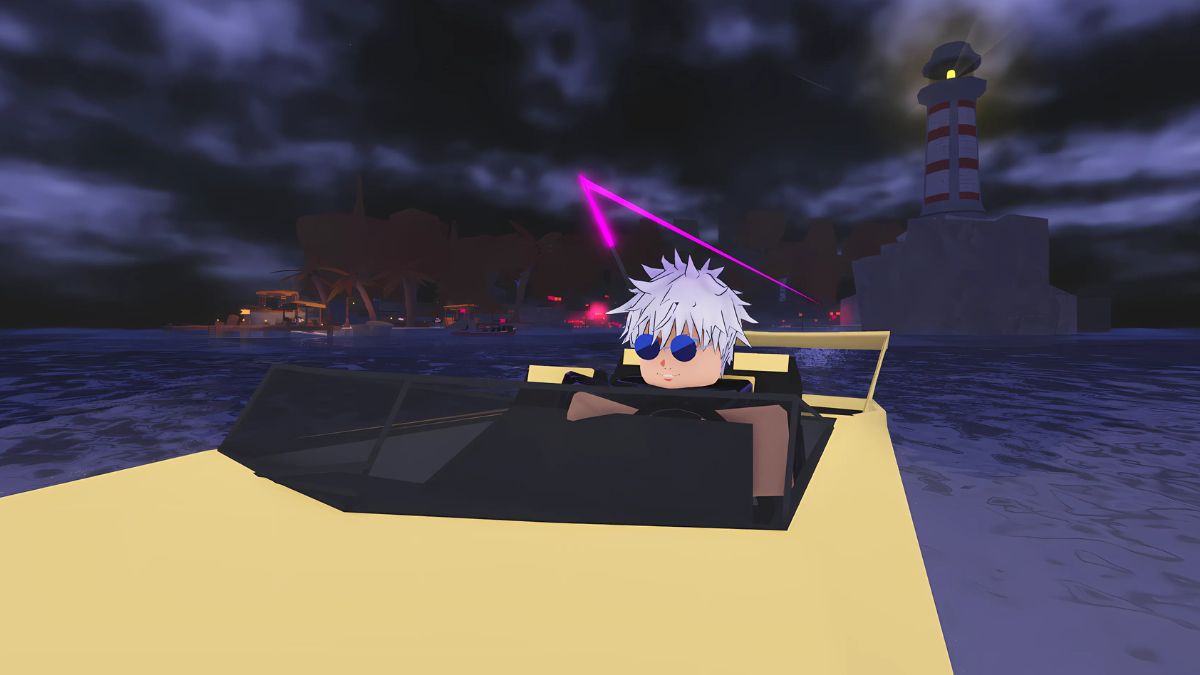
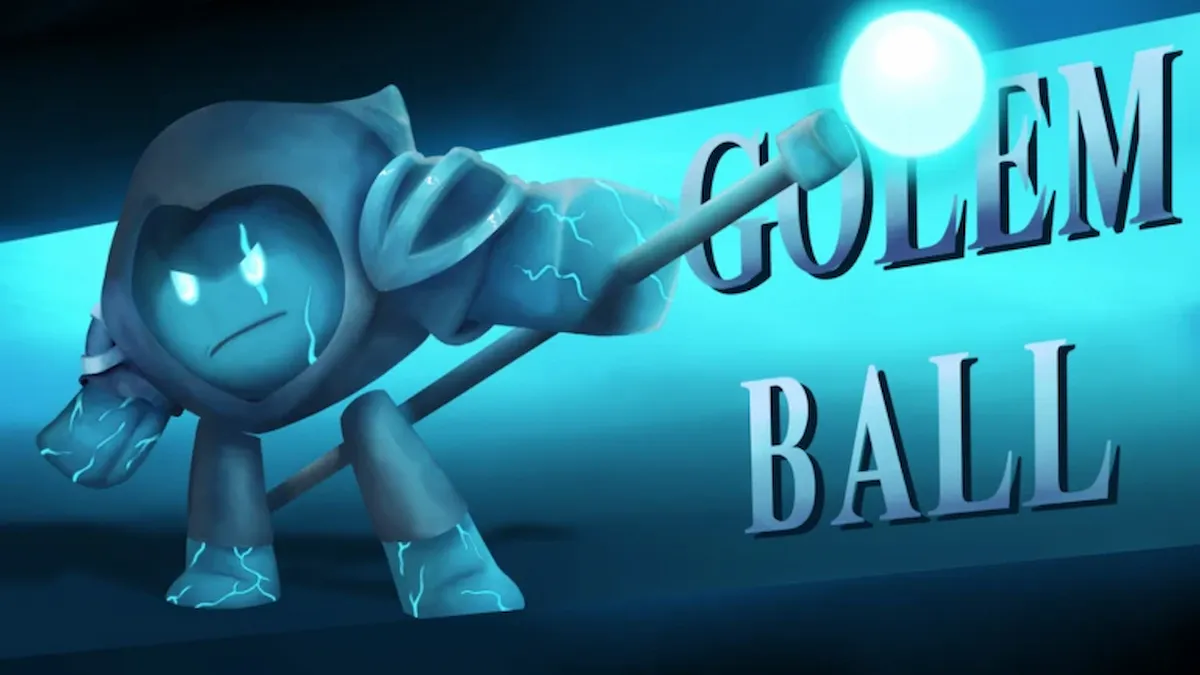
![Anime Reborn Units Tier List [RELEASE] (November 2024)](https://www.destructoid.com/wp-content/uploads/2024/11/anime-reborn-units-tier-list.jpg)
